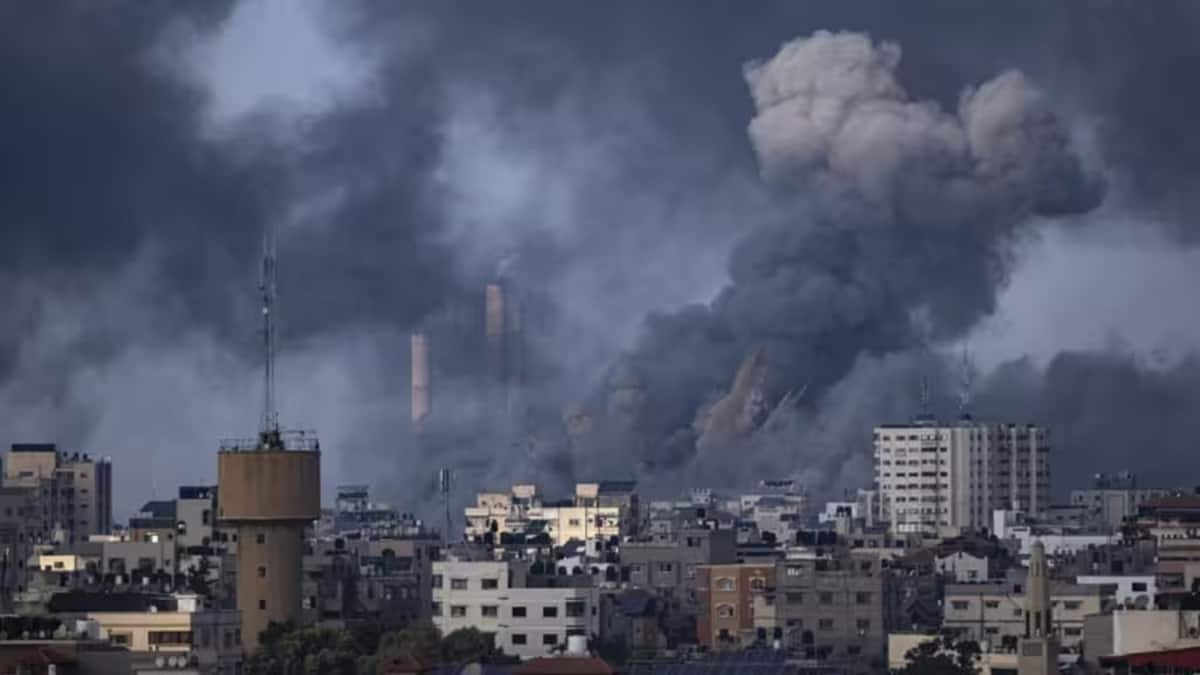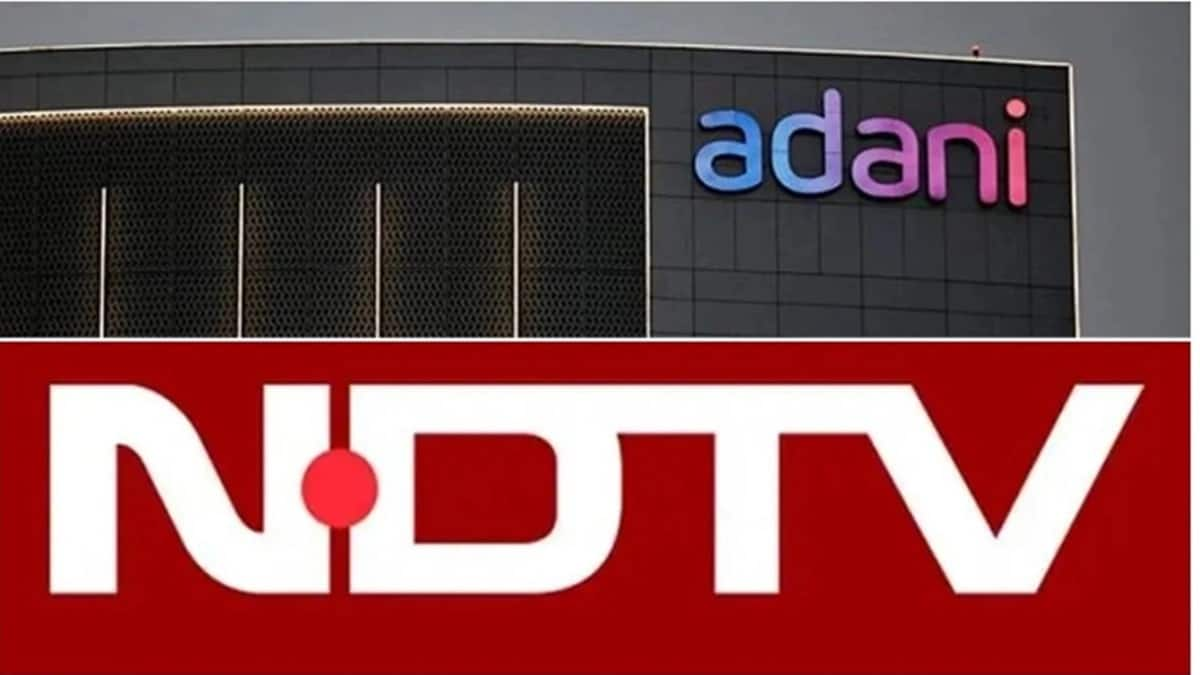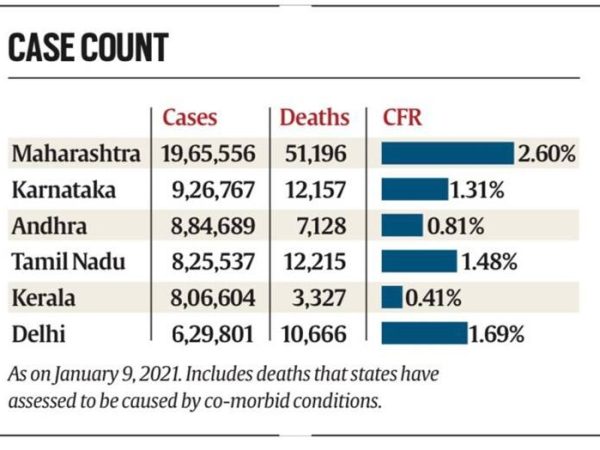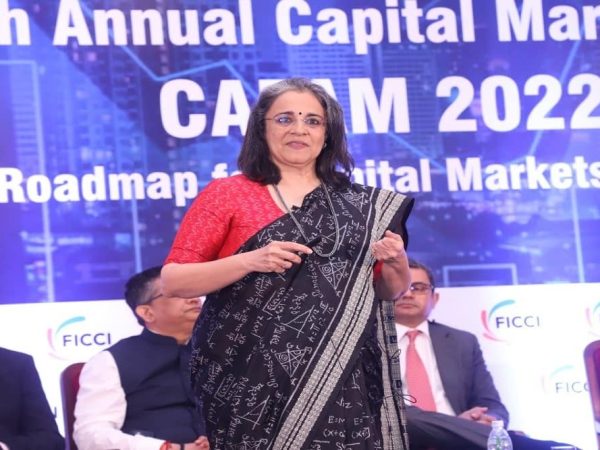Israeli troops briefly raid northern Gaza to ‘prepare’ for an expected full-scale incursion
Israeli troops and tanks briefly raided northern Gaza overnight, the military said Thursday, engaging with Hamas fighters and targeting anti-tank weapons in order to “prepare the battlefield” before an expected ground invasion.
The third Israeli raid since the war began came after more than two weeks of devastating airstrikes that have left thousands dead, and more than 1 million displaced from their homes, in the small, densely-populated territory.
The rising death toll in Gaza is unprecedented in the decades-long Israeli-Palestinian conflict. The Health Ministry in Hamas-ruled Gaza said Thursday more than 7,000 Palestinians have died in the fighting, a figure that could not be independently verified. Even greater loss of life could come if Israel launches a ground offensive aimed at crushing Hamas, which has ruled Gaza since 2007 and survived four previous wars with Israel.
More than 1,400 people in Israel, mostly civilians, were slain during the initial Hamas attack, according to the Israeli government.The damage to Gaza from nearly three weeks of bombardment showed in satellite photos of several locations taken before the war and again in recent days.
Entire rows of residential buildings simply disappear in the photos, reduced to smears of dust and rubble. A complex of 13 high-rises by the sea was pounded to dust near Gaza City’s al-Shati refugee camp, leaving only a few tottering bits of facade. Just down the street, hardly anything remained in what had been a neighborhood of low-built homes on winding lanes, according to the photos by Maxar Technologies.
New strikes Thursday leveled more than eight homes belonging to an extended family, killing at least 15 people in the southern city of Khan Younis. In the chaotic wasteland of crumbled concrete and twisted metal, rescuers lifted the body of a boy from beneath a slab.
The Israeli military said an airstrike killed one of two masterminds of the Oct. 7 massacre, Shadi Barud, the head of Hamas’ intelligence unit. The military says it only strikes militant targets and accuses Hamas of operating among civilians in an attempt to protect its fighters.
Palestinian militants have fired thousands of rockets into Israel since the war began. One struck a residential building in the central city of Petah Tikva, without wounding anyone.
Hamas’ military wing said Thursday that Israeli bombardment has so far killed about 50 of the at least 224 hostages the militants abducted during its Oct. 7 assault. There was no immediate comment from Israeli officials, who have denied previous, similar claims.
Family members and Jewish groups are trying to keep the spotlight on the hostages’ plight. In Paris, 30 empty baby strollers were displayed in front of the Eiffel Tower — each with a photo of one of the children taken from Israel. A day earlier, blindfolded teddy bears with photos of the abducted children were placed in front of a fountain in Tel Aviv.
The conflict has threatened to ignite a wider war across the region.
Hezbollah, an Iranian-backed ally of Hamas in Lebanon, has repeatedly traded fire with Israel along the border. The United States has sent to the region two aircraft carrier strike groups, along with additional fighter jets and other weaponry and personnel.
In a statement Thursday night, U.S. Defense Secretary Lloyd Austin said the strikes in eastern Syria were “a response to a series of ongoing and mostly unsuccessful attacks against U.S. personnel in Iraq and Syria by Iranian-backed militia groups that began on Oct. 17.”
He said President Joe Biden directed the narrowly tailored strikes “to make clear that the United States will not tolerate such attacks and will defend itself, its personnel and its interests.” He added that the operation was separate and distinct from Israel’s war against Hamas.
Israel has vowed to crush Hamas’ capacity to govern Gaza or threaten Israel again but also says it doesn’t want to reoccupy the territory, from which it withdrew soldiers and settlers in 2005. That could prove a daunting challenge, since Hamas is deeply rooted in Gaza, with political and charity organizations as well as a formidable armed wing.Benny Gantz, a retired general and a member of Israel’s war Cabinet, said any possible ground offensive would be only “one stage in a long-term process that includes security, political and social aspects that will take years.”
“The campaign will soon ramp up with greater force,” he added.
The overnight raid into Gaza was the largest of several known brief incursions. The military said soldiers and tanks killed fighters and destroyed tunnels and anti-tank missile launching positions. The military said no Israelis were wounded. There was no immediate confirmation of any Palestinian casualties.
Daniel Hagari, a military spokesman, said the incursion was “part of our preparations for the next stages of the war.”
Israel also said it also carried out around 250 airstrikes across Gaza in the last 24 hours, targeting tunnel shafts, rocket launchers and other militant infrastructure. Its reported targeting could not be independently verified.
The figure of 7,000 deaths reported by the Gaza Health Ministry is more than three times the number of Palestinians killed in the six-week-long Gaza war in 2014. The ministry’s toll includes more than 2,900 minors and more than 1,500 women.
After Biden said he had “no confidence” in Gaza’s casualty figures, the Health Ministry on Thursday countered by releasing a more than 200-page document listing the names of 6,747 dead, including ages and gender. It said another 281 dead had not been identified and that hundreds still missing under rubble were not included in the count.
The warning by the U.N. agency for Palestinian refugees, UNRWA, over depleting fuel supplies raised alarm that the humanitarian crisis could quickly worsen. Israel is still barring deliveries of fuel — needed to power generators — saying it believes Hamas will take it for military use.
About 1.4 million of Gaza’s 2.3 million residents have fled their homes, with nearly half of them crowding into U.N. shelters. Hundreds of thousands remain in northern Gaza, despite Israel ordering them to evacuate to the south and saying that those who remain might be considered “accomplices” of Hamas.
In recent days, Israel has let more than 70 trucks with aid enter from Egypt.“This is a small amount of what is required, a drop in the ocean,” said William Schomburg, an official with the International Committee of the Red Cross in Gaza. “We are trying to establish a pipeline.”
Elsewhere, Egyptian state-run media outlet Al Qahera News reported early Friday that an explosion hit the Egyptian resort town of Taba, which is near the border with Israel. Five people were wounded. The cause of the blast was not immediately clear, and The Associated Press could not immediately confirm the details.
Nine Arab countries — including key U.S. allies and nations that have signed peace or normalization deals with Israel — issued a joint statement Thursday calling for an immediate cease-fire and an end to the targeting and death of civilians.
“The right to self defense by the United Nations Charter does not justify blatant violations of humanitarian and international law,“ said the statement, signed by Egypt, Jordan, Bahrain, The United Arab Emirates, Saudi Arabia, Oman, Qatar, Kuwait and Morocco.
In the occupied West Bank, Israeli authorities detained 86 Palestinians, including five women, in multiple raids overnight, bringing the total detained there to more than 1,400, according to the Palestinian Prisoners Club, which represents former and current prisoners. At least 104 Palestinians have been killed in violence in the West Bank.








 Source: Tradingeconomics, Federal Reserve
Source: Tradingeconomics, Federal Reserve


Recent Comments